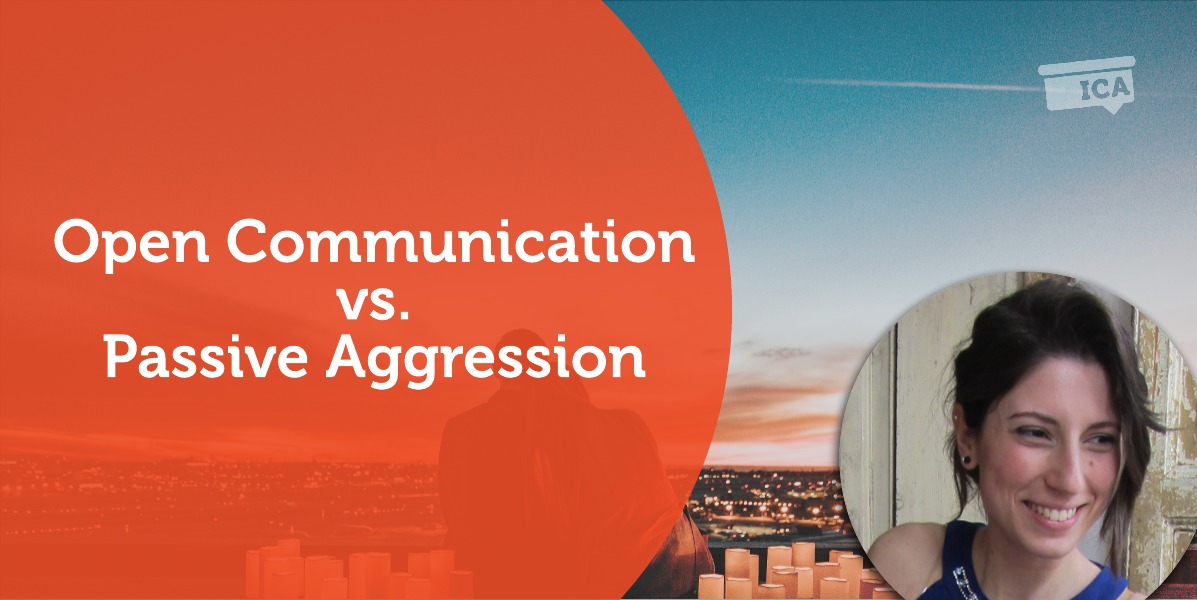
A Coaching Power Tool Created by Martina Malavenda
(Relationship Coach, ITALY)
When it comes to having healthier, more successful and smoother relationships with others, being able to have open communication with them about concerns, misunderstandings, different ways of thinking or behaving, plus understanding how to do it with empathy and politely is crucial. None of us is the same as the other, that is why further comprehension of other’s values, beliefs, and perceptions can allow acceptance, a better understanding of the surrounding context clear of judgments, therefore it can prevent eventual future conflicts.
Communication takes work. A lot of it. How often have you walked away from a conversation with a person feeling angry, disappointed, or misunderstood? How many times have you wanted to react at a cost of speaking up for yourself, yet you couldn’t in a given situation? How often have you wished for more open and honest communication with people you love the most? And instead, you may have found yourself slipping into passive-aggressive ways of delivering your thoughts such as sarcasm, bitterness, free nastiness, manipulation through indirect criticism or by ignoring, giving the silent treatment or pretending not to understand.
In my power tool “open communication vs passive aggression”, I will focus my attention on the ability to display our thoughts and feelings in a clear, assertive and primarily nonviolent way.
Passive aggression
Passive-aggressive behavior has defined by the Oxford lexicon dictionary as “a type of behavior or personality characterized by indirect resistance to the demands of others and an avoidance of direct confrontation”.
There are many examples of such widespread behavior: a person might repeatedly make excuses to avoid certain people as a way of expressing their dislike or anger towards those individuals.
In cases where the passive-aggressive person is angry, they might repeatedly claim that they are not mad or that they are fine – even when they are apparently furious and not okay. Denying what they are feeling and refusing to be emotionally open, they are shutting down further communication and refusing to discuss the issue.
Deliberately procrastinating is another characteristic of passive-aggressive behavior. When confronted with tasks that they do not want to do or appointments they do not wish to keep, the passive-aggressive individual will drag their feet. If they have been asked to complete a task at work, for example, they will put it off until the very last second or even turn it in late in order to punish the person who assigned the task.
Being assertive and emotionally open is not always easy. There are many situations where we are not allowed to freely express ourselves. When you are in a situation where displays of aggression are not socially acceptable, such as at a business or family function, you might be more inclined to respond in a covert way when someone makes you angry. When standing up for yourself is difficult or even scary, passive-aggression might seem like an easier way to deal with your emotions without having to confront the source of your anger. Passive-aggressive behavior may also stem from being raised in an environment where the direct expression of emotions was discouraged or not allowed. People may feel that they cannot express their real feelings more openly, so they may instead find ways to passively channel their anger or frustration.
Open communication
Communication is the transfer of information from one place to another. In relationships, communication allows you to explain to someone else what you are experiencing and what your needs and feelings are. The act of communicating not only helps to meet your needs, but it also helps you to be understood and, by extension, connected in your relationship.
No matter how well you know and love each other, you cannot read your partner’s mind. We need to communicate clearly and to double-check your understanding of what your partner is saying to avoid misunderstandings that may cause hurt, anger, resentment or confusion.
When you talk to your partner, try to:
Preferring a nonviolent and assertive way of dealing with an interpersonal issue rather than reacting emotionally or, as in this specific case, with covert or sneaky aggression leads us to build more intimacy, mutual understanding, closeness, companionship, respect, and appreciation.
Coaching application
This power tool can be applied in coaching conversations where the client is avoiding something at the core, only offering excuses but not root causes or real solutions about a certain situation; when the clients persist in complaining about their partners and apparently not willing to take responsibility for their own actions and lacks, or even when they self-pity and feel a hundred percent guilty for the issues with their mates. The clients can be guided towards having more open communication through the following steps:
Firstly listening to them, catching their keywords and presented core values, paraphrasing and mostly sharing observations in a direct, yet polite way and make them connect their initial vision to their final goal. At this stage, they gain more clarity and are brought to “link the dots” (“What’s the connection between what you just shared with me and you finally want to achieve?”)
Display curiosity and explore their values, beliefs and behaviors and what their role is in this relationship. This will lead to a major self-awareness.
Exploring their partner’s perspective, feelings and needs through powerful questioning and reframing along with visualizing ideal situations and having a better look at how else they’d like to feel or experience their relationship. They would feel inspired and motivated to move forward.
By looking at the situation from a 360-degrees view, the clients have the chance to better understand themselves and the other and to find a middle ground where to settle each other differences and to experience more clear, open and assertive communication.
Reflection
References
https://www.verywellmind.com/what-is-passive-aggressive-behavior-2795481
https://learnsite.icacoach.com/english-campus/power-tools-course/responding-vs-reacting/
https://www.lexico.com/definition/passive-aggressive
https://www.betterhealth.vic.gov.au/health/healthyliving/relationships-and-communication